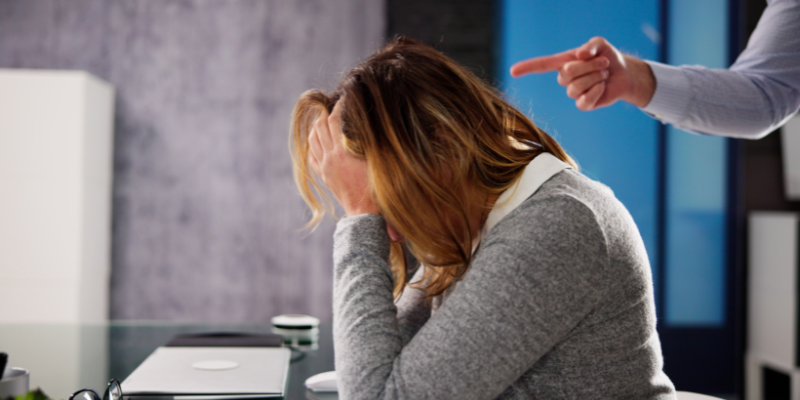Healthcare’s Security Epidemic: Why Hospitals Need More Than IT Solutions to Combat Rising Threats

Healthcare facilities are experiencing an unprecedented security crisis that extends far beyond the cyber attacks dominating industry headlines. While $133.5 million of confirmed payments were sent to ransomware groups in 2024, hospitals face an equally serious threat from within their own walls—one that no firewall can stop. Health care workers are five times more likely […]
The Hidden Crisis: Why Healthcare Organizations Need Professional Workplace Investigations

Working in healthcare means dealing with life-and-death situations daily. But there’s another crisis brewing behind hospital doors—one that threatens patient safety, destroys careers, and costs healthcare systems millions. I’m talking about workplace misconduct that goes far beyond typical office drama. After investigating hundreds of cases in medical facilities, we’ve seen how quickly things can spiral […]
FMLA Fraud in Energy Operations: The Hidden Crisis Draining Your Budget and Compromising Safety

The statistics reveal a troubling reality: 66% of HR professionals acknowledge widespread FMLA abuse in their organizations. In energy operations, this fraud creates problems that extend far beyond lost productivity. When safety-critical positions sit empty due to fraudulent medical claims, operational integrity suffers and people can get hurt. Energy companies face a unique vulnerability to […]
Workplace Violence Threats: Prevention, Detection, and Response Strategies

Workplace violence is a growing concern for organizations worldwide, encompassing a range of harmful behaviors, from physical assaults and verbal threats to digital harassment and intimidation. According to the Occupational Safety and Health Administration (OSHA), nearly two million workers report being victims of workplace violence annually in the United States alone. The Bureau of Labor […]
Digital Harassment in the Workplace: What Employers Should Watch For in 2025

As remote and hybrid work models solidify their place in the modern workplace, the boundaries of professional interaction have extended into the digital sphere. While these advancements have increased flexibility and connectivity, they have also created new avenues for misconduct. Digital harassment, ranging from inappropriate messages to exclusionary behavior, has become a pressing concern for […]
How Companies Can Protect Intellectual Property from Insider Threats

Employee intellectual property (IP) theft has grown to be a major issue in a society going more and more technologically advanced. The dangers to private data have increased as more businesses choose digital collaboration and remote work. Employee misbehavior involving sensitive firm data—that is, insider threats—may cause significant financial and reputation harm. This article looks […]
Workplace Investigations in 2025: What Employers Need to Know

Workplace investigations are evolving in 2025 with new laws and shifting workplace cultures. Learn how employers can navigate these changes and ensure compliance.
Breaking Barriers: The $2.17M SkyWest Verdict Highlights + How Lauth Would Help
In a landmark decision, a federal jury recently awarded $2.17 million against SkyWest Airlines for subjecting a female parts clerk to a sexually hostile work environment. The jury’s verdict — the largest ever obtained by the U.S. Equal Employment Opportunity Commission (EEOC) in the Northern District of Texas — underscores the critical importance of maintaining […]
Corporate Security for Holiday Events: Preventing Employee Misconduct

Aiming to raise team cohesiveness and morale, the holiday season sometimes offers cheerful business meetings. However, These incidents can result in employee misbehavior, exposing businesses to major legal and reputation hazards. According to a Society for Human Resource Management survey, 36% of companies have seen corporate security involving improper behavior and heavy drinking at holiday […]
Understanding the Psychology of Workplace Violence

Found yourself in a confrontation with a colleague in the workplace? How well did this incident settle with you, and what strategies did both parties use to solve the problem? These are the kinds of questions that immediately come to mind whenever workplace violence is mentioned. How best to approach such type of squabble in […]